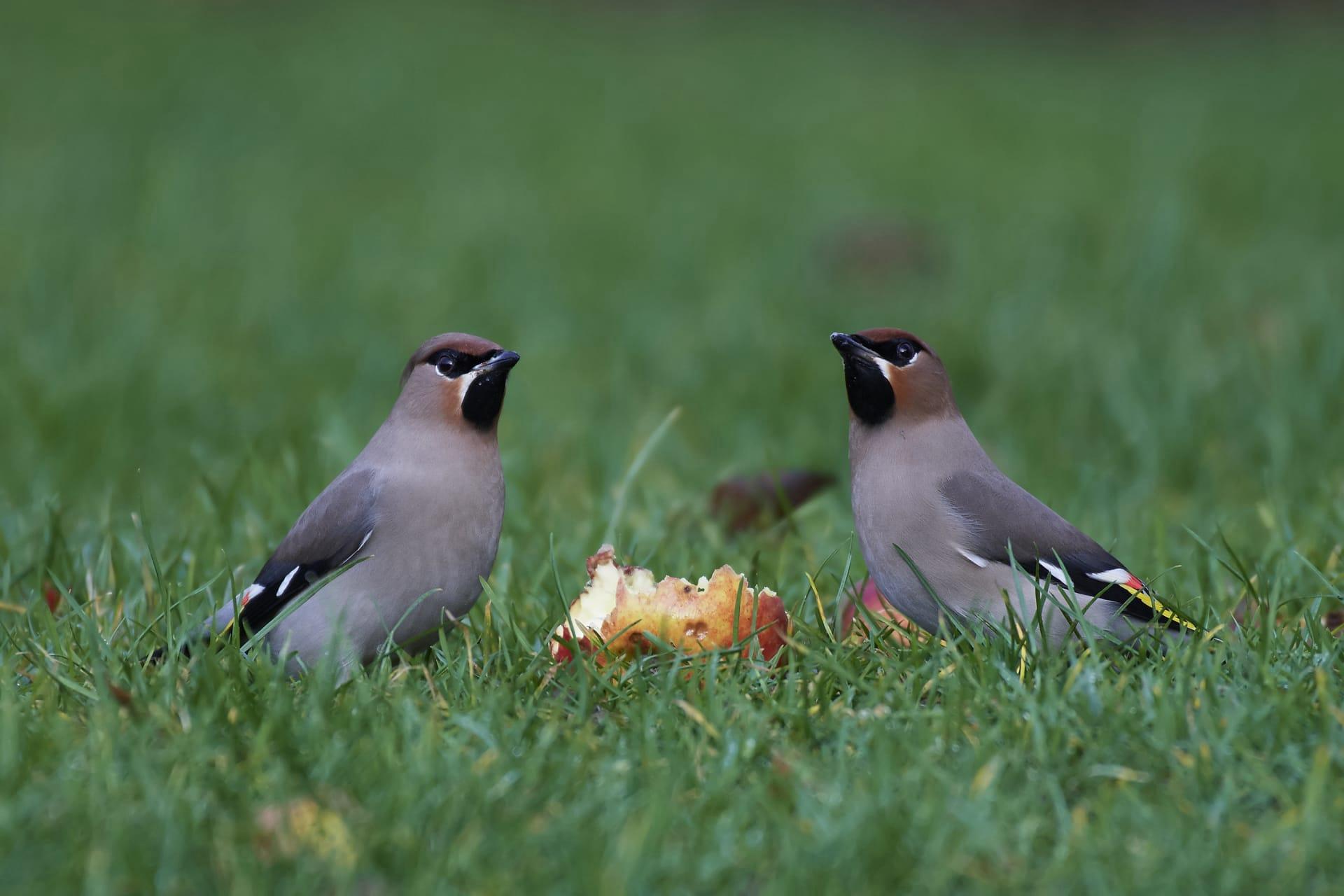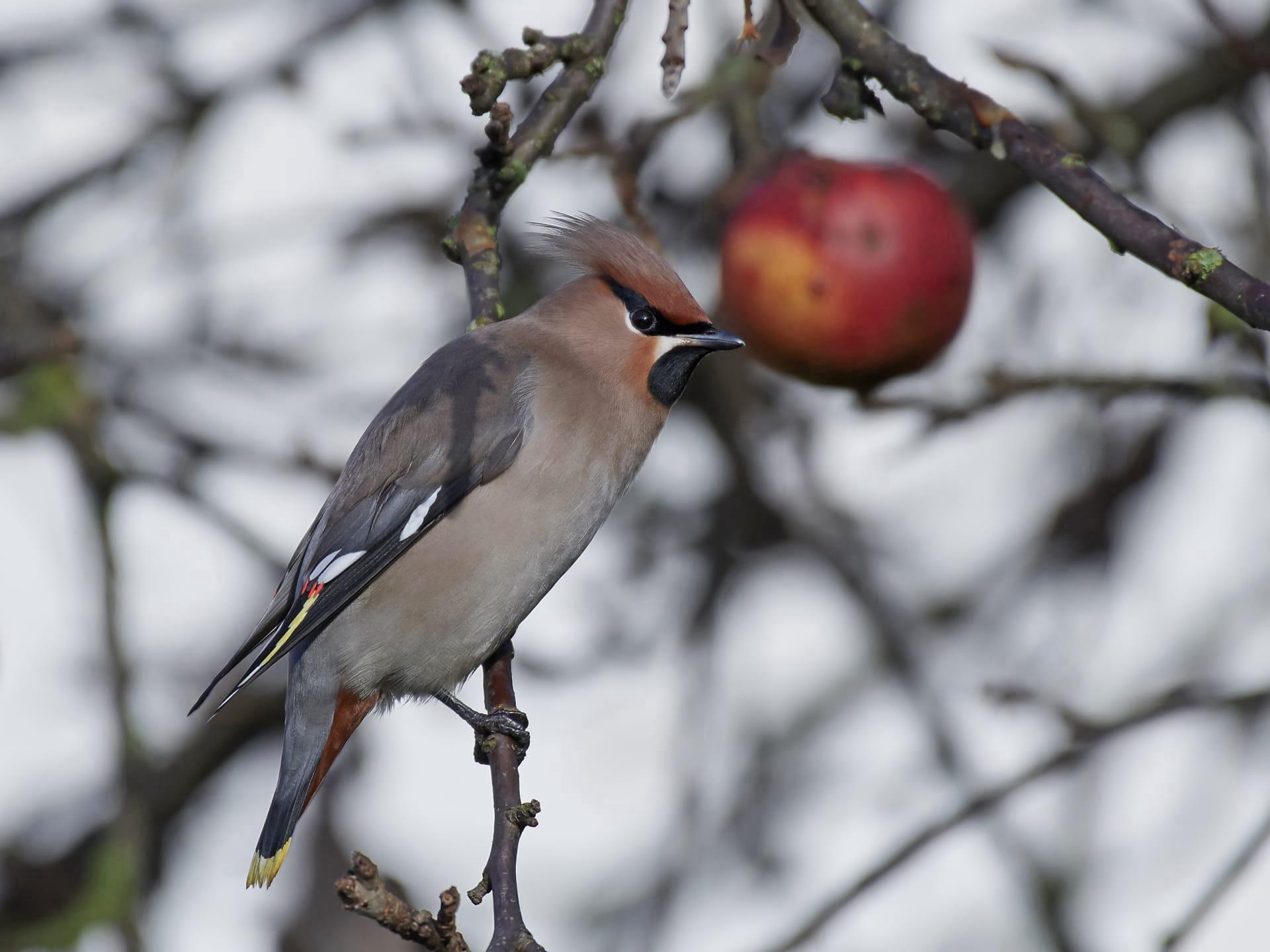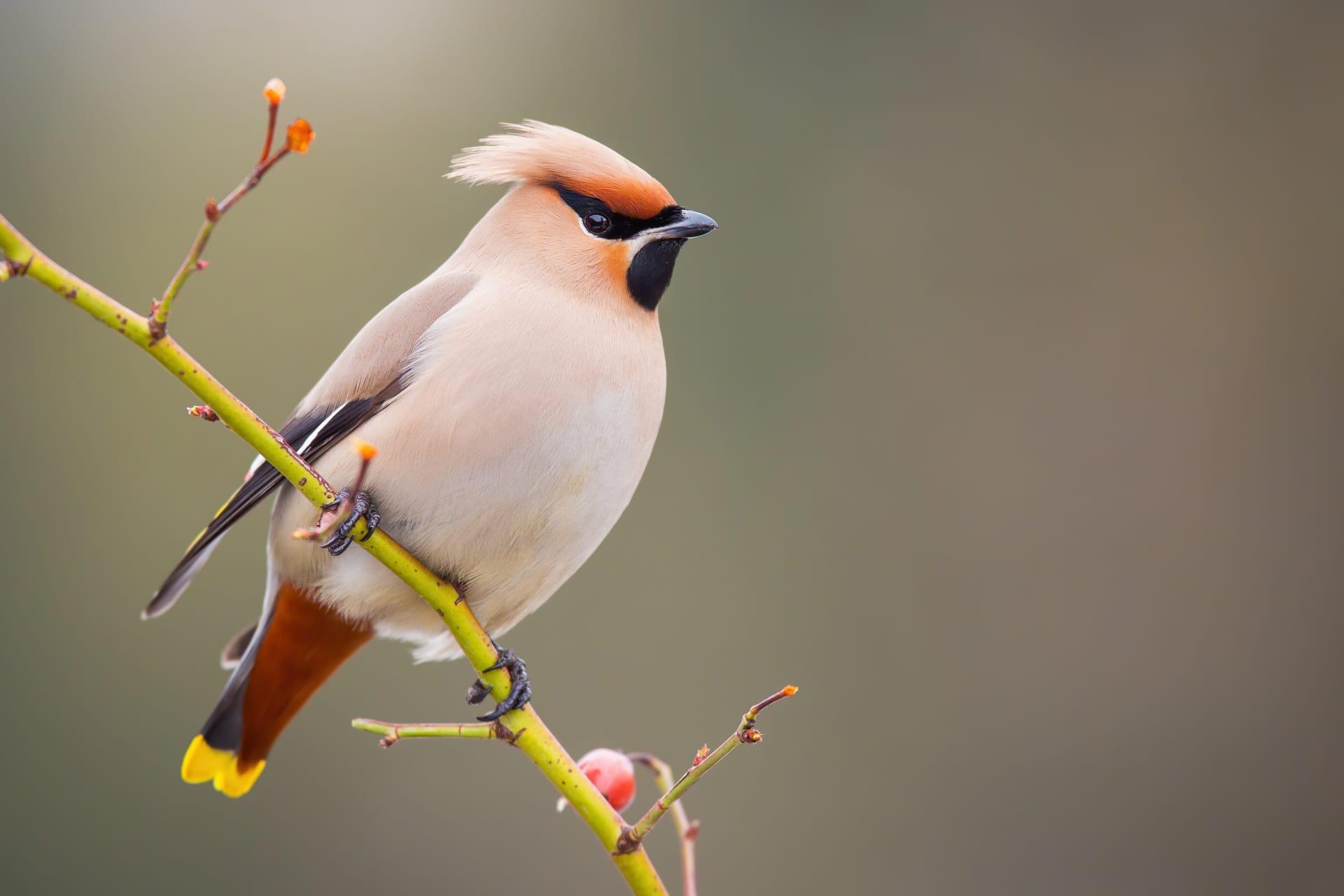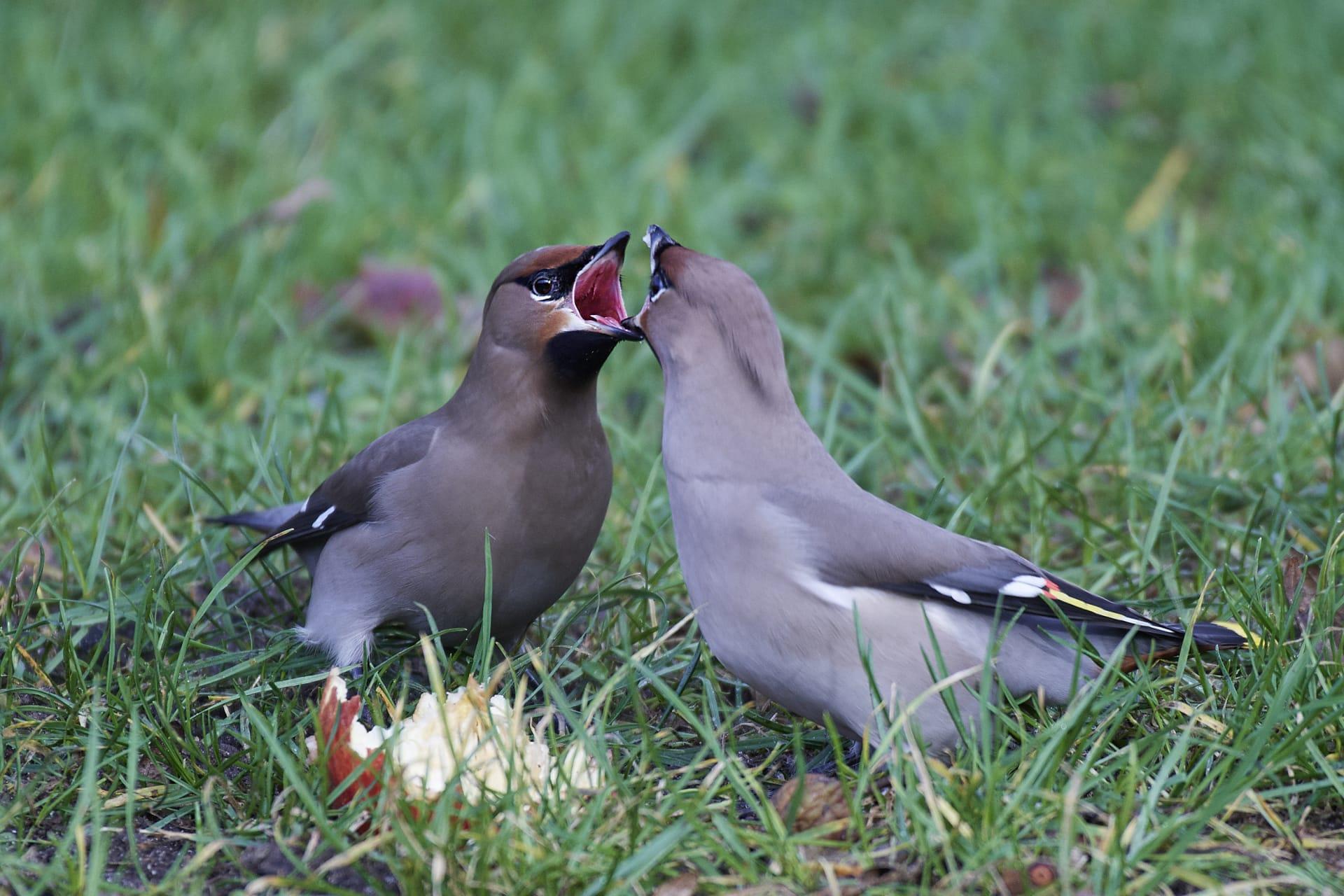Waxwing Trivia
- Home /
- Trivia Question /
- Animal /
- Waxwing Trivia
1
Question: What are the unique physical characteristics of waxwings?
Answer: Waxwings are known for their sleek, silky plumage and distinctive markings. They have a black mask across their eyes, which gives them a bandit-like appearance. The most remarkable feature, however, is the waxy red tips on some of their wing feathers, which look like sealing wax and give the bird its name. Another interesting aspect is their crest, which can be raised or lowered depending on their mood. Adult Bohemian Waxwings can reach a length of about 7 to 8 inches (18 to 20 cm) and have a wingspan of 12 to 13 inches (30 to 33 cm). They weigh approximately 55 to 80 grams.
Question: What does the diet of a waxwing consist of, and how does it affect their behavior?
Answer: Waxwings have a diverse diet, primarily feeding on fruits and berries. Their favorites include juniper berries, crabapples, and mountain ash. During the summer, they also eat insects like flies and aphids. A unique behavior of waxwings is their sociable way of feeding. They often pass berries or fruit pieces to each other down a row of perched birds until one eats it. This fruit-heavy diet can sometimes lead to intoxication if the birds eat fermented berries, leading to unsteady flight and disorientation.

2
Question: Do waxwings really wax their wings, as their name suggests?
Answer: Contrary to what the name might imply, waxwings do not wax their wings. The name 'waxwing' comes from the waxy red appendages found on the tips of their secondary flight feathers. These are not made of wax but are actually brightly colored feather tips. The purpose of these waxy tips is still a subject of scientific debate, but they may play a role in attracting mates or signaling social status.
Question: Is it true that waxwings can become drunk from eating fermented berries?
Answer: Yes, it's true! Waxwings are one of the few bird species that can actually become intoxicated from eating fermented berries. Their diet consists largely of fruit, and in winter, when berries may have fermented after a frost, the alcohol content can affect the birds. This can lead to unusual behavior like uncoordinated flying or even falling off branches. However, these instances are rare and usually don't pose a significant threat to the bird's health.

3
Question: How do waxwings communicate with each other?
Answer: Waxwings are not known for their singing like many other birds. Instead, they communicate using a series of high-pitched calls and chirps. These sounds are used to maintain flock cohesion, especially during flight or when feeding in groups. Their communication is more about coordination and social interaction than about territorial or mating calls.
Question: Where can one typically find waxwings, and do they migrate?
Answer: Waxwings are found in the northern parts of North America, Europe, and Asia. They are nomadic birds, which means their migration patterns are not fixed and depend largely on food availability. In North America, the Cedar Waxwing can be found year-round, but the Bohemian Waxwing typically migrates south from its breeding grounds in the boreal forests of Canada and the northern United States in search of food, often traveling in large flocks to fruit-rich areas.

4
Question: What is the breeding behavior of waxwings?
Answer: Waxwings are unique in their breeding habits. They tend to breed later in the year compared to many other birds, often starting in late spring or early summer. This timing aligns with the peak availability of their preferred food - berries and fruits. They build their nests in trees, often near water, using twigs, grass, and moss. Both parents participate in nest-building, incubating the eggs, and feeding the young. A typical clutch contains 2 to 6 eggs, which hatch after about 12 to 14 days of incubation.
Question: Are waxwings social birds?
Answer: Absolutely! Waxwings are highly social and are often seen in large flocks, especially during non-breeding seasons. They have a communal approach to feeding and even courtship, often seen sharing food and participating in elaborate mating rituals that involve passing berries or petals back and forth. This social nature is a key aspect of their behavior and survival, helping them locate food sources and protect against predators.

5
Question: How does the diet of waxwings influence their habitat choice?
Answer: The diet of waxwings, which is predominantly berries and fruits, greatly influences their habitat choice. They are often found in areas with abundant fruit-bearing trees and shrubs, such as forests, woodland edges, orchards, and gardens. During winter, when their food sources in the colder regions are scarce, they migrate to areas where berries and fruits are more readily available, showcasing their adaptive foraging behavior.
Question: What role do waxwings play in their ecosystem?
Answer: Waxwings play a significant role in their ecosystem, primarily through seed dispersal. As they consume large quantities of fruit and berries, they help in dispersing the seeds of these plants through their droppings. This aids in the propagation of various fruit-bearing trees and shrubs, contributing to the health and diversity of their habitats. Additionally, their feeding habits can help control insect populations during the summer months.